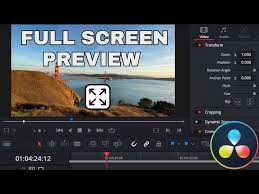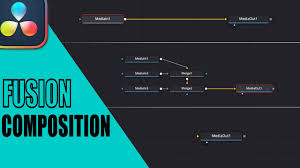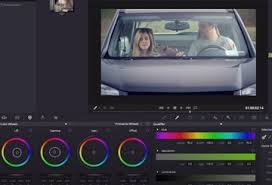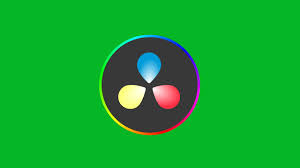Introduction
In today’s creative industry, Adobe Creative Cloud has long been the gold standard for video editing, graphic design, photo editing, and animation. However, DaVinci Resolve has emerged as a robust all-in-one solution for editors, colorists, and content creators. Naturally, the question arises: can DaVinci Resolve take the place of Adobe Creative Cloud?
This article explores the capabilities of DaVinci Resolve, compares its tools to Adobe Creative Cloud apps, and examines scenarios where Resolve could replace or complement Adobe’s suite. By the end, you’ll have a clear understanding of whether Resolve can serve as a standalone creative platform for professionals and hobbyists alike.
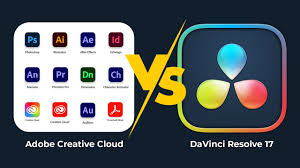
Understanding DaVinci Resolve and Adobe Creative Cloud
DaVinci Resolve is a professional video editing software developed by Blackmagic Design. Its strengths lie in video editing, color grading, visual effects (Fusion), audio post-production (Fairlight), and multi-user collaboration. The free version is already highly capable, while DaVinci Resolve Studio ($295 one-time purchase) unlocks advanced features such as 4K and higher resolution outputs, HDR grading, and enhanced collaboration tools.
Adobe Creative Cloud is a subscription-based ecosystem that includes over 20 applications, including Premiere Pro, After Effects, Photoshop, Illustrator, Audition, and Lightroom. The platform is deeply integrated, offering workflow continuity between video, graphics, audio, and animation projects. The subscription model starts at $54.99/month for individuals, providing access to all apps.
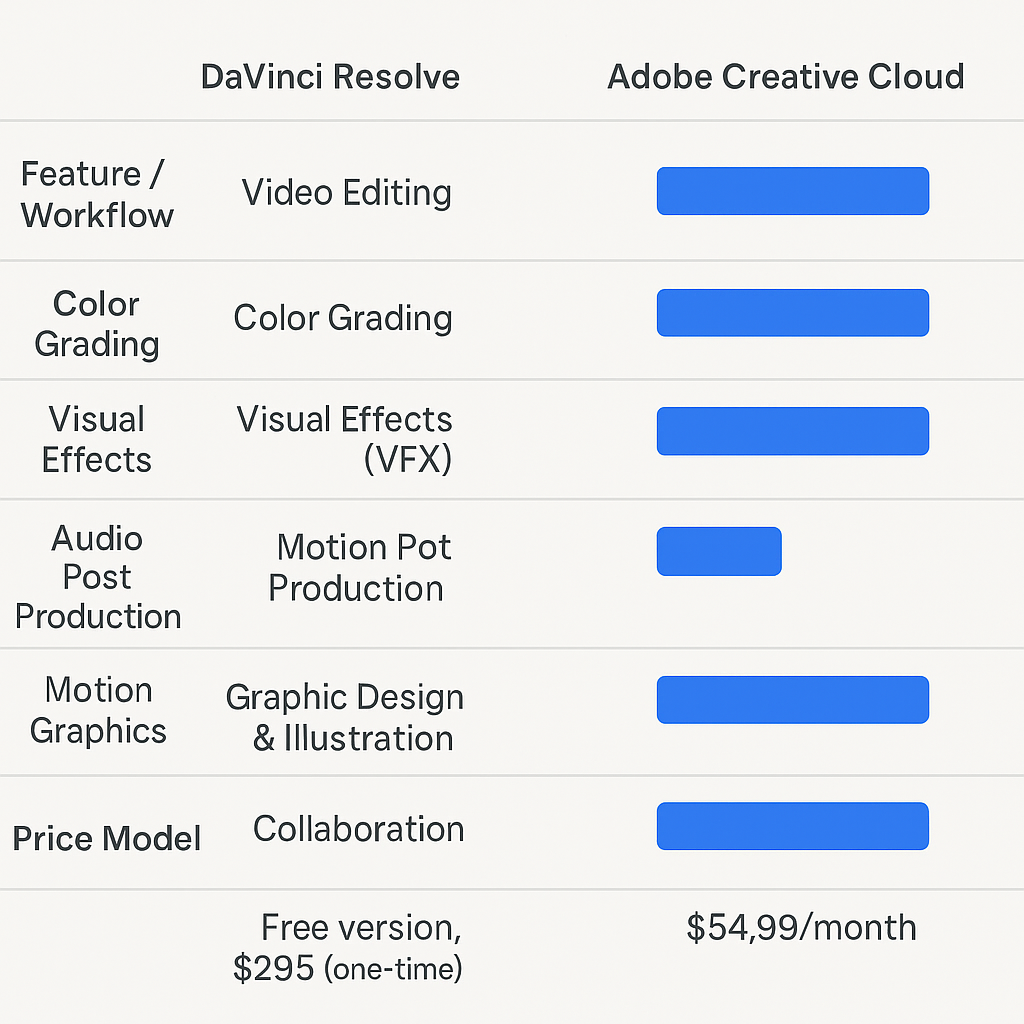
Video Editing: Resolve vs Premiere Pro
DaVinci Resolve: Non-linear editing, multicam support, timeline flexibility, and integrated color grading. Its free version is often enough for most creators.
Adobe Premiere Pro: Industry-standard editing software with seamless Adobe ecosystem integration, including After Effects and Photoshop.
For pure video editing, DaVinci Resolve has matured into a full competitor. Many professionals report switching entirely to Resolve due to its integrated color grading, Fusion effects, and Fairlight audio suite.
Color Grading: Resolve’s Edge
Resolve started as a color grading tool, and its color panel, advanced LUT support, HDR grading, and node-based workflow surpass Premiere Pro in professional color correction.
Adobe offers Lumetri Color in Premiere Pro, but it doesn’t match the precision and grading control of DaVinci Resolve Studio.
For creators prioritizing cinematic visuals, DaVinci Resolve is often the preferred choice.
Visual Effects and Motion Graphics: Fusion vs After Effects
Fusion (Resolve): Node-based compositing, 2D/3D visual effects, motion graphics, and GPU-accelerated performance.
After Effects (Adobe): Layer-based compositing, industry-standard for VFX and motion graphics, deep integration with Premiere Pro.
While Fusion is powerful, After Effects still offers a larger library of plugins, scripts, and third-party resources. Creators working extensively in motion graphics might still need Adobe’s suite alongside Resolve.
Audio Production: Fairlight vs Audition
Fairlight: Fully integrated DAW with multitrack recording, ADR, Foley, sound design, and mixing capabilities.
Adobe Audition: Industry-standard audio editing with seamless integration in Creative Cloud.
Resolve’s Fairlight provides professional-level audio tools without additional cost. For many creators, it eliminates the need for Audition, though some prefer Audition’s workflow for specific audio post-production tasks.
Graphic Design and Photo Editing
Adobe Photoshop and Illustrator remain unmatched in pixel and vector-based graphic design.
Resolve has basic titling, text, and Fusion compositing, but it cannot fully replace Photoshop, Illustrator, or InDesign for graphic-intensive projects.
For creators whose workflow relies heavily on graphics, Adobe Creative Cloud remains essential.
Cost Comparison: Subscription vs One-Time Purchase
DaVinci Resolve Free: $0 for most editing, grading, and audio workflows.
DaVinci Resolve Studio: $295 one-time purchase, no recurring fees.
Adobe Creative Cloud All Apps: $54.99/month (~$660/year), ongoing subscription.
For cost-conscious creators, Resolve offers significant savings while delivering professional-level capabilities. Over three years, Resolve Studio is far cheaper than Adobe Creative Cloud.
Collaboration and Ecosystem
DaVinci Resolve: Multi-user collaboration on the same project, cloud-based collaboration in Studio version.
Adobe Creative Cloud: Cloud libraries, shared assets, team projects, and seamless integration between apps.
For teams heavily invested in Adobe tools, switching entirely to Resolve may require adjustments in workflow and training. For small teams or individual creators, Resolve can cover most production needs independently.
Scenarios Where DaVinci Resolve Can Replace Adobe Creative Cloud
Independent Filmmakers: Full editing, color grading, VFX, and audio production in one software.
YouTubers and Streamers: Free version suffices for high-quality content creation without monthly subscription.
Small Studios: One-time purchase reduces long-term software costs while offering professional capabilities.
Scenarios Where Adobe Still Dominates
Graphic-Intensive Projects: Marketing materials, posters, packaging, and vector-based illustrations.
Motion Graphics-Heavy Workflows: Advanced After Effects projects requiring third-party plugins.
Teams Already Integrated into Adobe Ecosystem: File formats, shared assets, and cloud libraries.
Frequently Asked Questions
Q1: Can DaVinci Resolve fully replace Adobe Creative Cloud for video production?
A1: Yes, for video editing, color grading, VFX, and audio. Resolve provides an all-in-one solution, especially in the Studio version.
Q2: Is the free version of Resolve enough to replace Adobe?
A2: For small projects, YouTube, and independent creators, yes. Advanced 4K, HDR, and collaborative features require Resolve Studio.
Q3: Can Resolve replace Photoshop or Illustrator?
A3: Not completely. While Resolve offers basic compositing and titling, professional graphic design still requires Adobe tools.
Q4: What about cost comparison?
A4: Resolve Studio is a one-time purchase ($295), whereas Adobe Creative Cloud requires ongoing subscription payments (~$660/year). Resolve is more economical in the long term.
Conclusion
So, can DaVinci Resolve take the place of Adobe Creative Cloud? The answer depends on your creative focus:
For video-centric workflows—editing, color grading, VFX, and audio—Resolve is a legitimate alternative, even replacing multiple Adobe apps.
For graphic design, motion graphics, and projects heavily integrated into Adobe’s ecosystem, Creative Cloud remains essential.
Ultimately, DaVinci Resolve offers a cost-effective, professional-grade solution for independent creators and small teams, making it a strong contender as a partial or full replacement of Adobe Creative Cloud depending on workflow needs.

